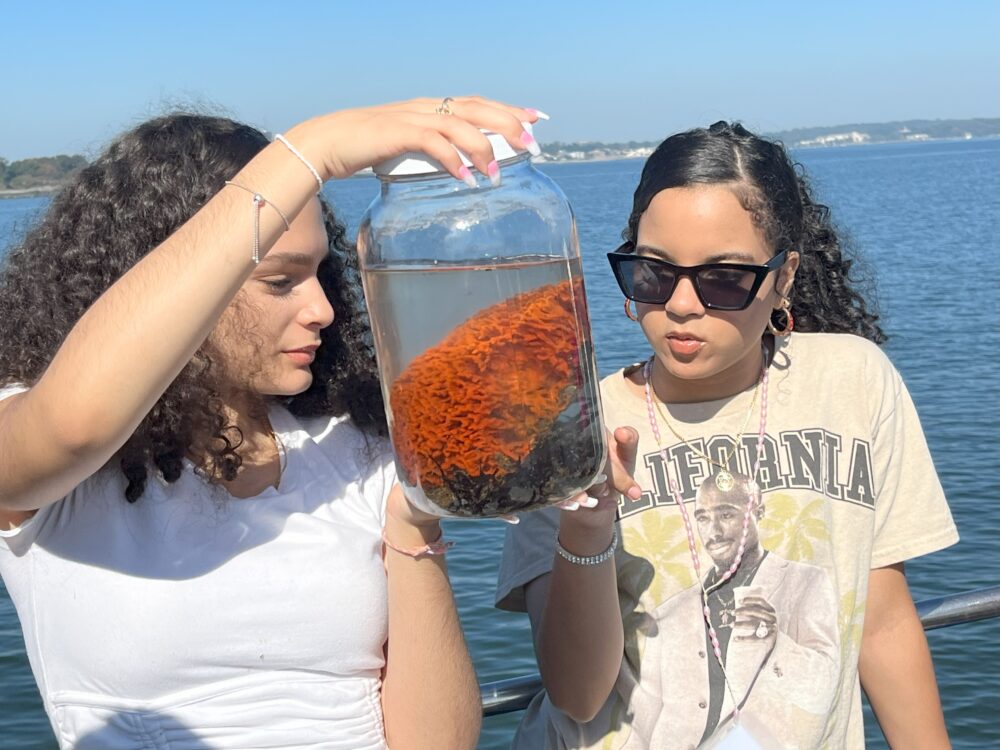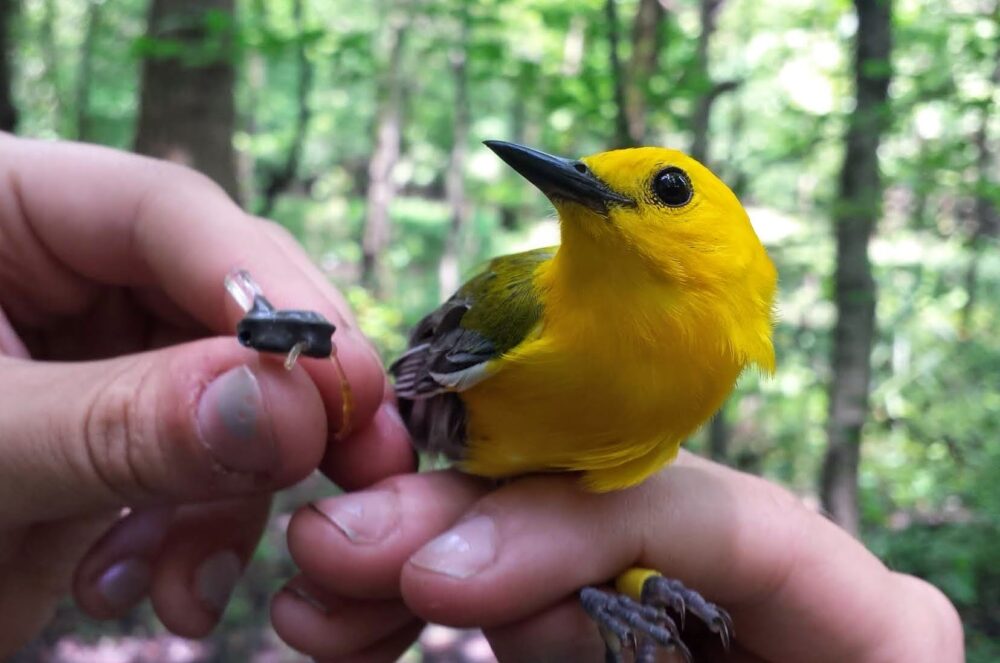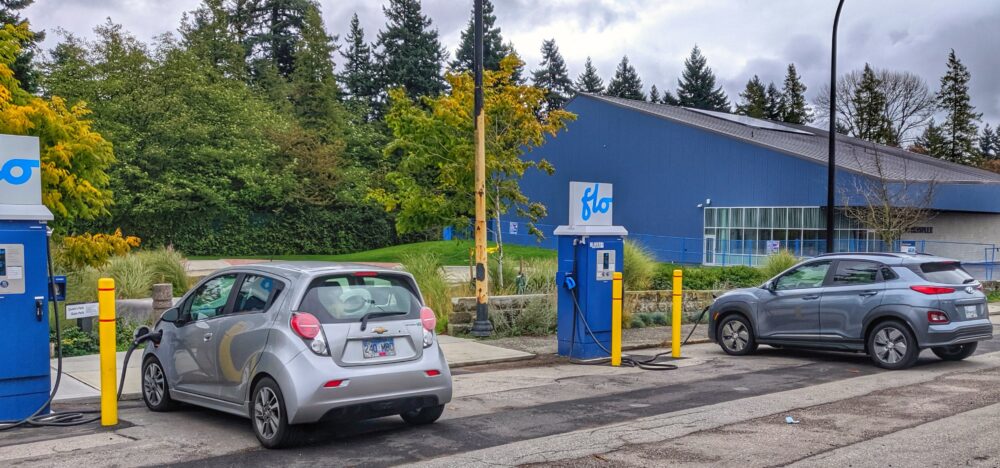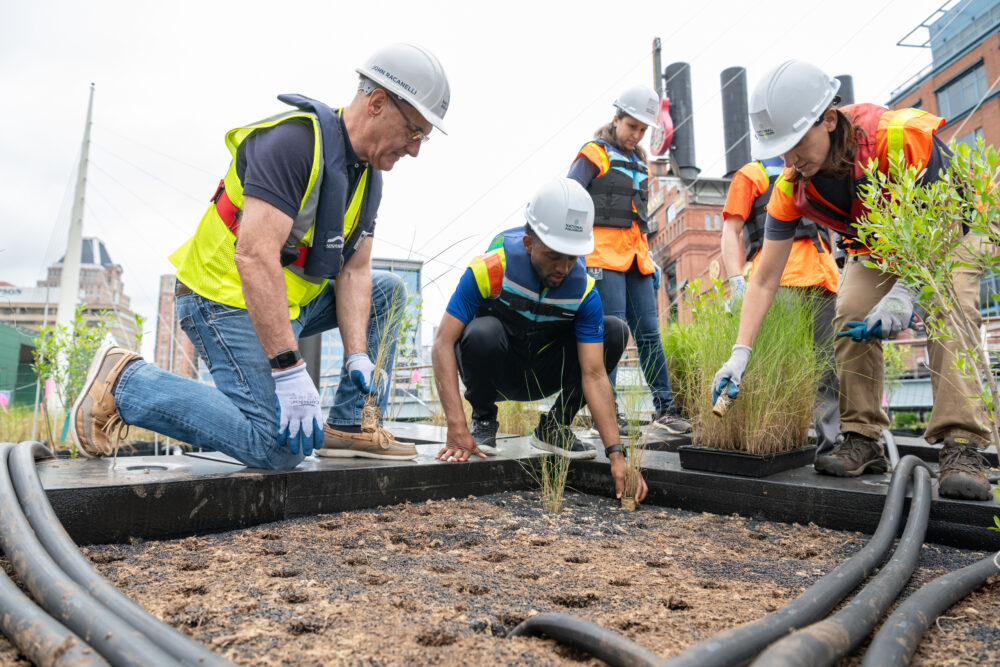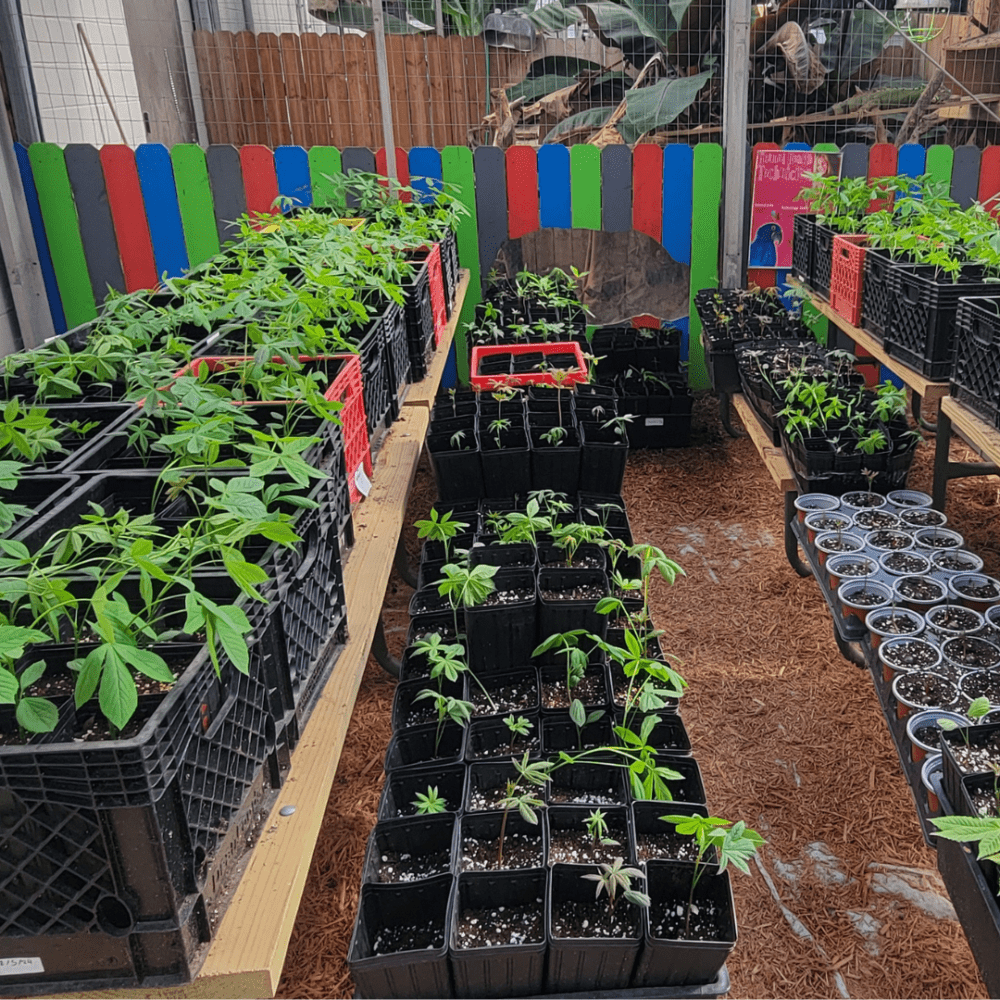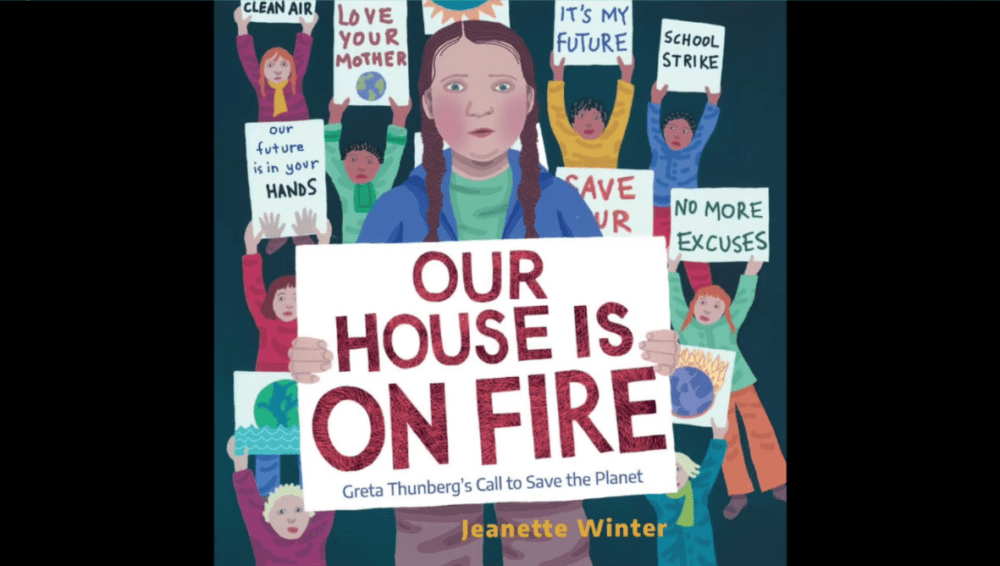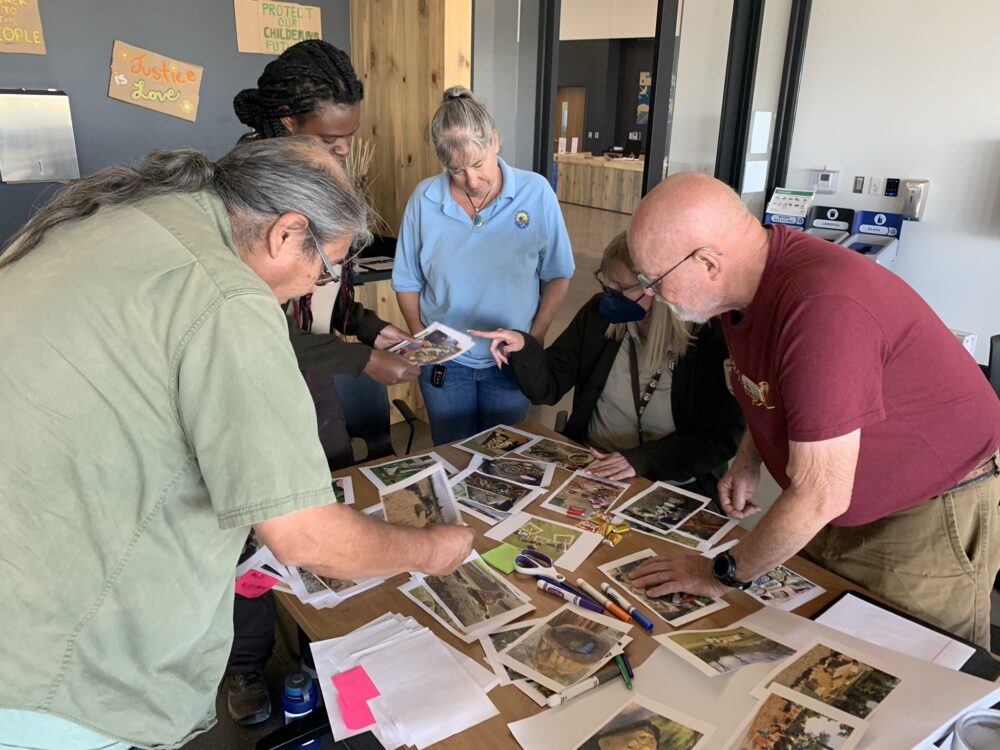We have much more to do and your continued support is needed now more than ever.
Strategies for the Green Economy, or “What the New Consumer Thinks About Green”
We read Joel Makower’s new book (which is actually subtitled “Opportunities and Challenges in the New World of Business”) and came to a conclusion the author probably didn’t intend: namely, that while strategies pirated from the corporate world can be extremely effective in making universities greener, it may be even more useful to take a look at the students as they take their place as consumers and citizens in the new global economy.

By now, the story of Siel and her Green LAGirl blog is legend among activists and coffee-news junkies. Starbucks had committed to brewing fair-trade coffee every day, in every store in 21 countries, even if the barista had to make a fresh, one-off pot for a customer, so Siel launched the “Starbucks Challenge” on her blog, dispatching like-minded coffee-drinkers worldwide to find out if the giant caffeine delivery system was walking the talk. Concerned about corporate responsibility and miscommunication within the company, Siel wanted to know “just how easy it is to get a fair-trade cup of coffee in a Starbucks in one of those countries?”
As something of an experiment in social media, the Challenge took on a life of its own. A network of blogs, del.icio.us.com tags and Google Maps kept track of the challenge responses, and within a few short weeks, stories were coming in from all over the world. Many customers had no trouble getting the fair-trade coffee, but many others were met with blank stares or resistance from employees.
While this sort of thing would typically be met with corporate stonewalling or a “PR fire hose” (as Makower puts it), instead the company contacted Siel, interested in the results and wanting to talk: a refreshing change from the times when corporate watchdogs were ignored, discredited or even targeted for attack.
Makower paints this story as an example of a corporation building solid relationships with its critics and consumers, as a necessary step to solving environmental and social problems. Which it is. It could also be story about social media changing the face of activism, or about the buying power of the masses, or about empowering young people to take part in solving global problems. In fact, it is all of these things.
But fundamentally, this is a story about the next few generations of students, and what they might mean for global sustainability.
In a chapter titled, “Do Consumers Really Care?,” Makower lists a dizzying array of surveys showing that the majority of customers are willing to buy green, even to pay more to do so. Yet, more than 50% don’t, partly because they don’t believe green marketing claims are valid and trustworthy, and partly because they don’t have faith that the product will be as good as or better than non-green options. So the problem for corporations, as Makower explains, is to create truly green products, and to tell better, more nuanced stories about those products. (Sounds so easy, doesn’t it?)
But businesses, especially those who are trying to reach out to the 18-34 generation so beloved by marketers, are learning that for many of their consumers, “ecological concerns present only a part of their worldview…when it comes to environmental issues, they take a personal approach, caring as much about switching to alternative energy solutions as they do about protecting nature.” It may be a generalization, but research suggests that this particular generation is worried about the future, looking for system-wide changes to the way they live, and ranks economic concerns with the same urgency as environmental ones.
According to Cara Pike’s research for Earthjustice (listed in the appendix), many young environmentalists are also low on trust, and “while they are passionate about environmental issues and making green choices, [they] are cynical about government and business.” They are also more likely to be independent and make choices based on how they will affect their own lives; Pike calls this “unfettered individualism,” a break from the “liberal communitarianism” that traditional environmentalists tend to embrace.
Coca-Cola provides a picture perfect example: when a national boycott campaign against the company’s bad recycling policies produced no effect whatsoever in Coke sales, the activist group changed its tactics, instead telling students to ignore Coca-Cola’s recruiters when they came to do campus interviews. This mattered personally to the students, who wanted a certain amount of authenticity in their careers and were already slow to trust a giant corporation (unless, of course, that corporation is Google). Makower says, “This changed the game. Even a small drop in the number of new recruits hits companies where they live. Big companies need a steady stream of the best and the brightest talent knocking on their doors, and activists understand this. When Coke’s recruiters reported the drop in campus interest, that got management’s attention. The environmental department heard from company brass, demanding answers.”
Cynicism and self-interest can be weapons in their own rights, and no matter what rhetoric the presidential nominees are using this week, the fact remains that people tend to care about what touches them the most. Right now, that is the idea of total collapse: the ever-dwindling supply of natural resources, climate disruption, health crises, political corruption, and global poverty that is maintained by a class gap too wide to bridge. A sort of “Peak Anxiety,” while it doesn’t sound pretty, transcends fear-mongering and creates a citizenry too concerned about its own future (on a personal and on a community level) to drink its coffee without first finding out where it came from.
For activists, this means that an appeal which addresses social justice, environmental preservation and economic recovery, while also touching an individual’s daily life–such as an online network based on a daily coffee habit, or a campaign that promises to steer students away from jobs with a so-called “evil” corporation–will resonate more fully.
It seems, in fact, that the traditional forms of environmental activism, such as protests, newspaper ads, letter-writing campaigns, and boycotts will be less effective in a world where peacefully-protesting monks are gunned down, fewer people get their news from physical newspapers, public comments on legislation are ignored, and behemoth corporations are too big to notice a hit in sales.
Instead, this growing convergence of self-interest and world awareness is a largely unexploited tool, and one that recent graduates and students are poised to use. Of course, making generalizations about youth is dangerous, and can lead to dissatisfaction and generational buck-passing. For every postmodern idealist, there is an ecological fatalist driving an SUV over a baby harp seal somewhere. But when such a large group of people is fluent in a dozen new forms of communication, is used to voting with its now-shrinking pocketbook, and generally functions in a more individualized, almost-survivalist mode, it’s inevitable that the strategy will change.
For businesses, this means that messaging and marketing will need to become more nuanced and less general, and that organizations need to not only follow through on their environmental promises in a highly transparent manner, but be willing to admit their own shortcomings as they work towards sustainable economies. They need to look at all aspects of their business, from cradle-to-cradle to design, to carbon emissions, to how to speak to customers that shade a dozen different colors of green.
Colleges and universities have their own challenges: transparency, reducing campus emissions, incorporating information on the shifting field of global sustainability into their coursework. Whether they should look at their students as customers or apprentices is an ongoing debate, but either way, the relationship between educator and student is going to change.
Makower believes that we have not yet reached the “tipping point” of corporate (and therefore consumer) green. Progress has been made, certainly, but large chunks of the business world remain untouched, and his examples on this are clear. The moral of the story is that we have a “long, straight pathway to traverse–lots and lots of room for growth” before we can call ourselves sustainable.




